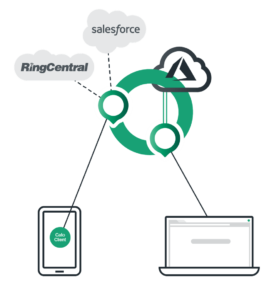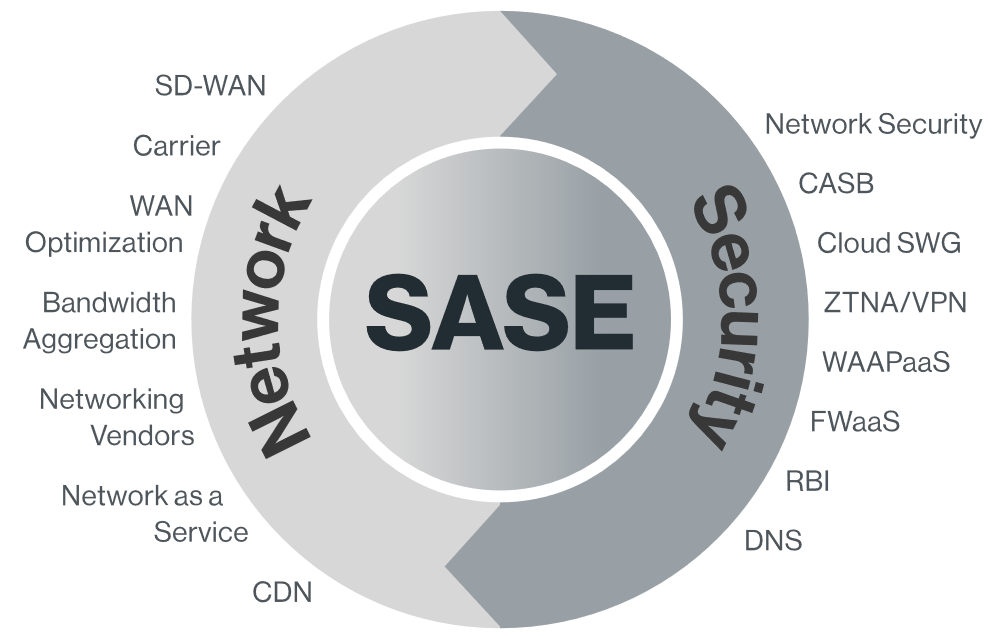Cato’s SASE Solution Provides Access Needed for Remote Workers
Optimized and Secure Remote Access with SD WAN
Enterprises are seeing a growing need for employees to work remote. In particular, during times of crisis the ability to work securely and productively from home is a critical pillar of business continuity planning.
Cato SDP enables remote users, through a client or clientless browser access, to access all business applications, via secure and optimized connection. The Cato Cloud, a global cloud-native service, can scale to accommodate any number of users without deploying dedicated VPN infrastructure. The users connect to the nearest Cato PoP, and their traffic is optimally routed across the Cato global private backbone to on-premises or cloud applications. Cato’s Security as a Service stack protects remote users against threats and enforces application access control.


Key Considerations for Extending Your Business Continuity Plan (BCP) to Home and Remote Workers
Cato’s SASE Solution
There is a solution that can solve many of these connectivity, security, performance and management issues: a cloud-native network such as the Cato Cloud. Built on the principles of Gartner’s secure access service edge (SASE), Cato connects mobile and remote workers to the same network, secured by the same security policy set, as those in the office.
Rather than connecting to the corporate datacenter, then out to cloud applications, home users connect to their nearby cloud native network point of presence (PoP). From there they become part of a virtual enterprise WAN that the datacenter and branch offices access through their local PoPs as well. Cato locates its PoP infrastructure in some of the same datacenters as major cloud providers, including AWS and Microsoft Azure, allowing for fast direct connections to cloud services.
Cato’s Cloud-native architecture connects all resources Physical, cloud and mobile to a single, virtual enterprise WAN.


SASE requires vendors to become like AWS. Some will never get there. Some will try to acquire their way into it. Some will prioritize current cloud capabilities over similar appliance-delivered ones. And this process will have to go through a sales and support channel that is even more challenged by the SASE transition. This is going to be messy.
When you look at the SASE field, and you want to separate true from fake SASE providers, look for the “middle.” Ask yourself:
- Has the SASE provider’s cloud service been field-tested to deliver the global reach, scalability, and degree of functional convergence needed by enterprises?
- Does the SASE service provide holistic visibility? The service should offer a single view showing all enterprise traffic flows regardless if they’re across the Internet or the WAN, between sites, remote users, or cloud resources.
- What security and networking capabilities can be applied to that traffic? Is the service limited to access restrictions, or can it also optimize and accelerate traffic?
- What degree of centralized management control does the service provide? Is there a single pane-of-glass where you can set or change all capabilities relating to networking, security, remote access, and the cloud or must the service provider get involved at some point?
Result: A deep convergence of multiple capabilities, including WAN optimization, network security, cloud access control, and remote access to the network itself. This remarkably comprehensive design dramatically simplifies enterprise IT and reduces risks and costs.

